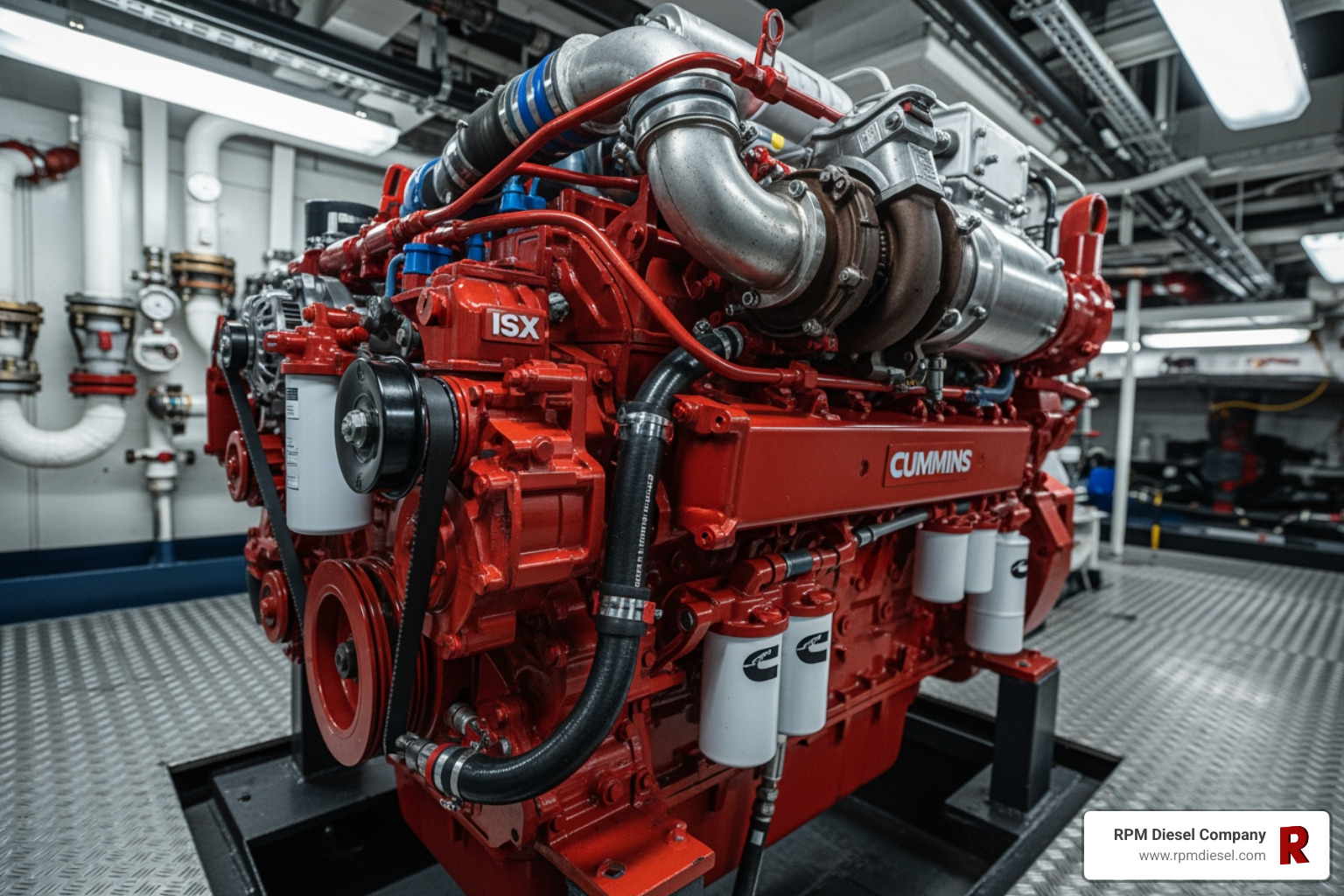Someone slipping and falling overboard is one of the most terrifying experiences one can have on your marine diesel vessel. While these unfortunate accidents do happen from time to time, the good news is that with some quick thinking and teamwork, chances are that you’ll be able to rescue your companion with ease.
The first thing to do when you’ve noticed that someone has fallen overboard, regardless of their sex, is to yell “Man Overboard” as loud as you possibly can along the port or starboard sides of the vessel in an effort to alert the rest of the topside crew. Continue to yell until someone has heard you and comes to assist. Be sure to keep your eyes on the victim at all times as the sea can easily sweep them out of view and complicate the rescue operation. As soon as the captain is aware of the situation, he should immediately cut the engines and remain as stationary as possible. Indeed, as soon as the captain is made aware, he should be the one in charge of leading the rescue and assigning the crew their jobs in the rescue effort. The spotter should point out the victim in the water and continue to do so for duration of the rescue attempt. This is extremely difficult in a constantly undulating ocean, but it is critically important to rescuing your overboard companion. Your vessel was mostly likely speeding away in the opposite direction of your companion when they went overboard, so diverting your eyes for only a moment could be the difference between a successful rescue and a burial at sea. By keeping yours focusing and fingers pointed on the victim, you give your crewmates immediate direction.
Ideally, the person who has gone overboard is already wearing a personal flotation device when the go into the water, but many people still overlook this basic safety precaution all too often. Once the victim’s location has been ascertained, someone aboard should throw a life preserver or other flotation device out for them to swim to. If you’re going very fast when the victim falls, you may want to start throwing anything that will float into the water in order to leave a trail for both you and the victim to find each other. However, if you’re in a slow-moving vessel, you may be able to stop and throw your companion a life line or preserver and rescue them immediately. However, this won’t be possible if your vessel has speed too far past the victim’s location, so you may have to perform an elliptical turn back to their location. With them in sight, approach the victim from their leeward side for better maneuverability of your vessel. The last thing you want to do is accidentally run your friend over instead of rescuing him. Even if you have a boarding device on your vessel, your companion may need assistance getting back on board. As soon as they have, you can begin to address any possible injuries.
By following these steps, you’ll always be prepared!






